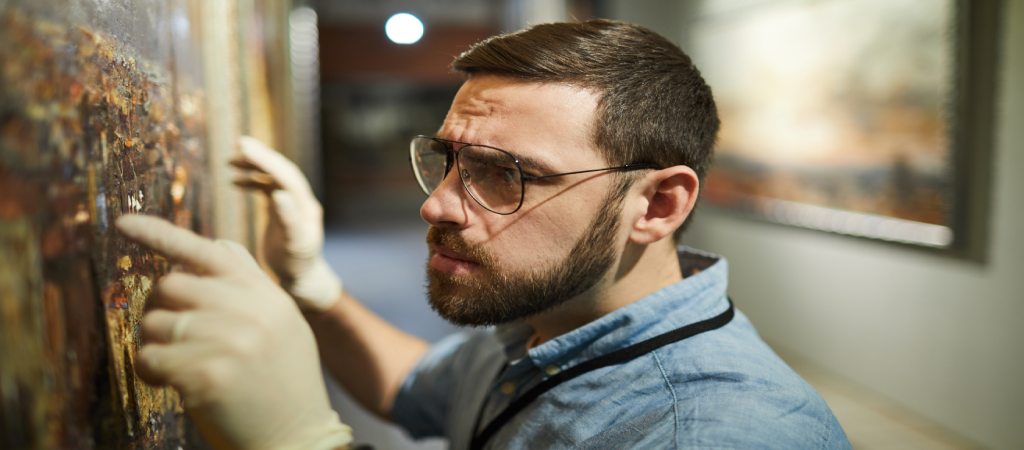
Do you have what some might consider an art collection? Have you wondered, recently, about its worth? For your insurance coverage, have you had your fine art officially evaluated or appraised? Are you planning on selling one or more pieces? What about taking some of that art and making a charitable donation? Would you know what to claim on your taxes for the donation?
The decision you end up making regarding some of the above questions may well depend on exactly how much a piece of art is worth. When it comes to the appraisal process, there are a number of things that you should be familiar with. Let's look at the basics.
When you have an object and you want to know its value, you get a professional appraisal. Based on the relationship of supply (sellers) and (demand) buyers the art market fluctuates over time and changes with trends and fashion.
An appraiser is a person who determines the value. They are expected to perform competent services of valuation in a manner that is objective, impartial, and independent. Based on market evidence, they give their opinion as to an object’s most current value.
The true value of a piece of art is in the heart and eyes of the beholder/owner. Granted, pieces by certain artists or from a certain time can be valuable to the point of being practically priceless. But one piece of art can be worth more to someone simply because of how they feel about it. That doesn't translate into dollars, of course.
It requires historical knowledge and long-view industry experience to determine an exact price or value for some pieces of art because the market value is always changing.
Where the primary (galleries and dealers) and secondary (auctions and collectors) market value art is concerned, what determines it? Collective intentionality is the basis for art’s commercial value. The commercial value of a piece of art is created and sustained by human declaration and stipulation. Again, we are talking on a monetary basis.
Galleries and art dealers establish the primary market values for a piece of art’s retail value, but once artwork leaves this environment, the resale or fair market value is determined whether a community of collectors can monetarily buoy the value.. Some other things that can help determine the value of a piece of art include the artist’s media coverage and exposure in exhibitions, the life of the artwork, medium/technique, provenance, condition, style/subject, authenticity, scarcity, and, of course, the artist.
At Wm. Roland Appraisers & Estate Advisors, we've been proudly serving the tri-state area for almost half a century. We appraise a spectrum of fine art spanning: medieval manuscript leaves, old master paintings, 18th and 19th century aesthetic movements, modern 20th trailblazers, and still evolving post-modern 21st century works.
Beyond fine art, our team includes appraisers with decades of experience in jewelry, silver, luxury items, Chinese other Asian fine art, and much more.
As reputable liquidators, appraisers, and estate advisors, we provide prices that are fair and competitive. Contact us today if you’d like to find out more by phoning 212-425-0221.The downsizing and estate buying or liquidation services offered by Wm. Roland Appraisers & Estate advisors utilize our impressive level of market intelligence and expertise. For all our clients, we consistently provide the most favorable monetary solutions.